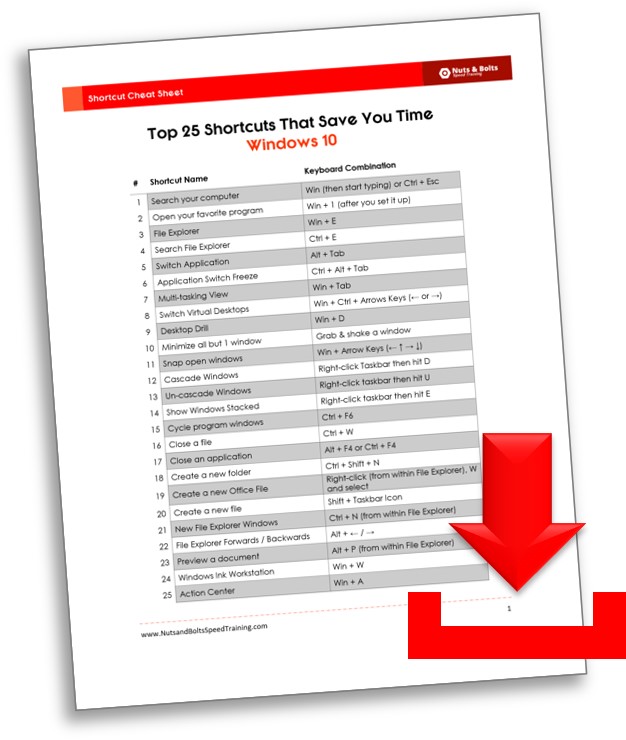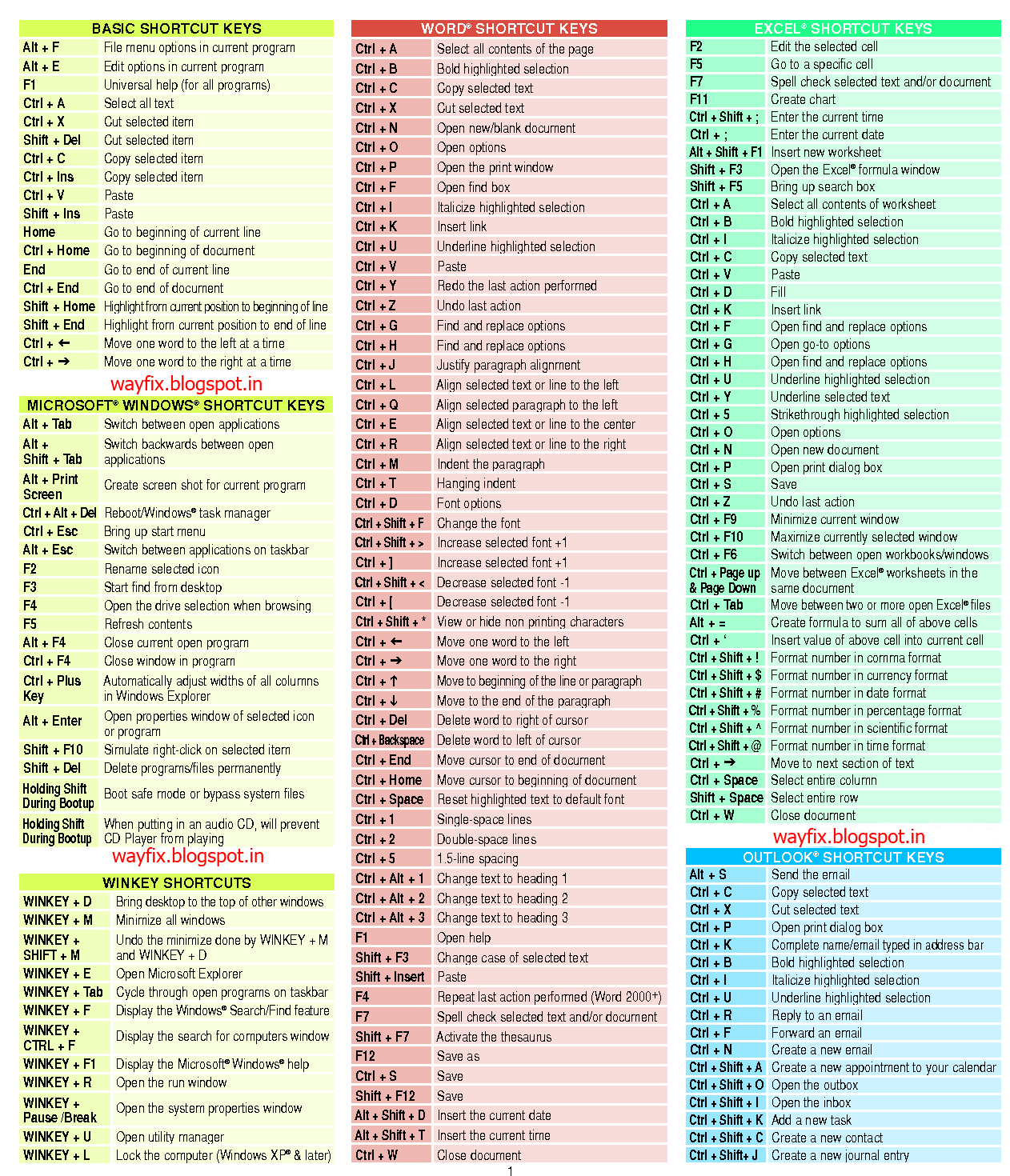

Place the cursor anywhere in the text editor and press CTRL+A. To perform a function on all the content in the text editor, you need to select it all. You can use Redo command only after Undo command. You can reverse more than one action that has been undone. To reverse your last action, press CTRL+Z. To learn about the keyboard shortcuts in the new content editor, see Keyboard shortcut functions. The following are functions that are not displayed as buttons in the toolbar of the text editor, but you can use them with their shortcut key combinations. Undo, redo, and other shortcut key functions It is recommended that you begin with the shortcuts listed below. This will allow you to build a strong base that you will need for efficient editing during playback. After you have mastered the first set of shortcuts, add a new shortcut or two to your ‘shortcut vocabulary’ twice a week until you have learned to use all of them and are minimizing the use of your mouse. Do not overwhelm yourself by attempting to learn all the shortcuts right away. Learn a few of the basic shortcuts first. Others you will need to learn to use, such as toggle section title (CTRL+N) and toggle list (CTRL+L). Some are standard Microsoft shortcuts that you may be familiar with. There are many keyboard shortcuts to use with Scribe M*Modal Editor.
#WINDOWS 10 FAST FORWARD SHORTCUT KEY DOWNLOAD#
Using keyboard shortcuts that toggle, minimizes the amount of shortcuts you must remember.Ī complete list of shortcuts can be found in the Appendix on p 42.įor quick reference of frequently used shortcuts, download the AME Monitor Guide ) If you want to remove a section title, you also use CTRL+N. For example, if you want to insert a section title, use CTRL+N. This means that they ‘turn on’ and ‘turn off’. Many of the keyboard shortcuts you will learn toggle.


Make certain to use the shortcuts to avoid using your mouse to access the toolbar. You will need to use Structural Shortcuts to identify structure in both edited and transcribed documents. Using your keyboard shortcuts will help encourage forward movement through the document rather than “start/stop” editing. When editing documents, it is recommended that you use your audio shortcut (F5) to start and stop the audio. While we strongly encourage you to continue using your foot pedal when transcribing in AnyModal Edit, the use of the foot pedal is discouraged when editing draft documents. These shortcuts can help you to optimize efficiency, one of the best practices and efficiency techniques discussed later in this document. In addition to play, stop, rewind and fast forward, the keyboard also allows you to control the speed at which you listen to playback. In addition to using the foot pedal, you may also use the keyboard to control playback. These shortcuts can help you avoid retyping words that already exist in your document. These shortcuts allow you to delete whole words, move words to other locations, etc. Once you have located an edit, use the editing shortcuts to make your edit quickly and efficiently.

Rather than clicking with your mouse, think about using these shortcuts to navigate to your desired location instead. Use navigational shortcuts to move throughout the document quickly and efficiently. The Keyboard Shortcuts you will use when working with AnyModal Edit are divided into four categories: But make certain to keep your wrists at rest there is no need to keep your fingers ‘at the ready’ as you do when transcribing. It is recommended that you keep your hands near the arrow (up, down, left, right) and control keys (shift, control, alt). This allows you to move to each edit efficiently. In the editing environment, you will need to navigate your cursor throughout the document quickly. The emphasis on the keyboard when editing is no different – just the placement of your fingers differs. When transcribing, you keep your fingers on the home keys. Many MTE report their greatest productivity gain when learning to use keyboard shortcuts. These seconds can add up to many minutes by the end of the work day! Using the mouse takes your hands from the keyboard, which wastes precious seconds each time you make an edit. The foundation for building productivity and efficiency in the editing environment starts with keyboard shortcuts. A complete list of Shortcuts is available in the Appendix) Keyboard Shortcuts: (The Scribe AME Shortcuts Monitor Guide can be downloaded from the Scribe Help System.


 0 kommentar(er)
0 kommentar(er)
